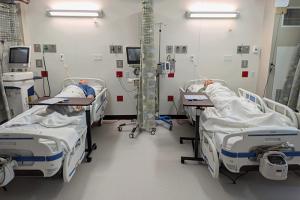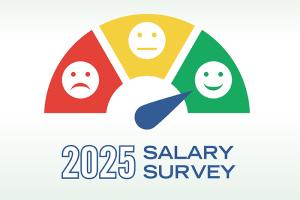Using strategic communication for investment needs
We hold these truths to be self-evident, that premature aging or unplanned failure of infrastructure assets increases financial and operational risk for the organization and that preventive maintenance can significantly extend the useful life and performance of those assets, and that preventive maintenance is often the first victim of operational budget cuts. Simply put, when operating with limited resources, you will have to fight fires as they happen, but preventing them in the first place can help reduce the total cost and significantly lower the risk to patients, staff and visitors alike.
During a webinar originally aired June 15, Mark Mochel, strategic account executive with Brightly Software and Jonathan Flannery, American Society for Health Care Engineering's (ASHE’s) senior associate director, advocacy discussed this very topic and provided guidance on how to:
- Create an objective and collaborative relationship with executive leadership. Use data, not emotion or subjective feedback, to communicate budget needs.
- Redefine infrastructure impacts on financial and business outcomes instead of engineering concerns. Use objective risk analysis to transparently validate infrastructure investment needs.
- Recognize that it is possible to change the culture of any organization. “Manage up” to include infrastructure in strategic planning to create your own success path.
During the webinar, Mochel and Flannery specifically discussed the current state of infrastructure investment, provided updates on the most recent health care financial trends and introduced objective data to quantify the relationship between operational and capital investment.
The webinar, available at ASHE On Demand as part of the ASHE Webinar Series, provides a better understanding of how spending more money today on operations and preventive maintenance can reduce long-term capital needs, and even generate a positive ROI for the organization — a message any chief financial officer would like to hear. Watch the webinar Infrastructure Investment – Understanding Operational vs. Capital Investment and the Impact on Deferred Maintenance to learn more.




